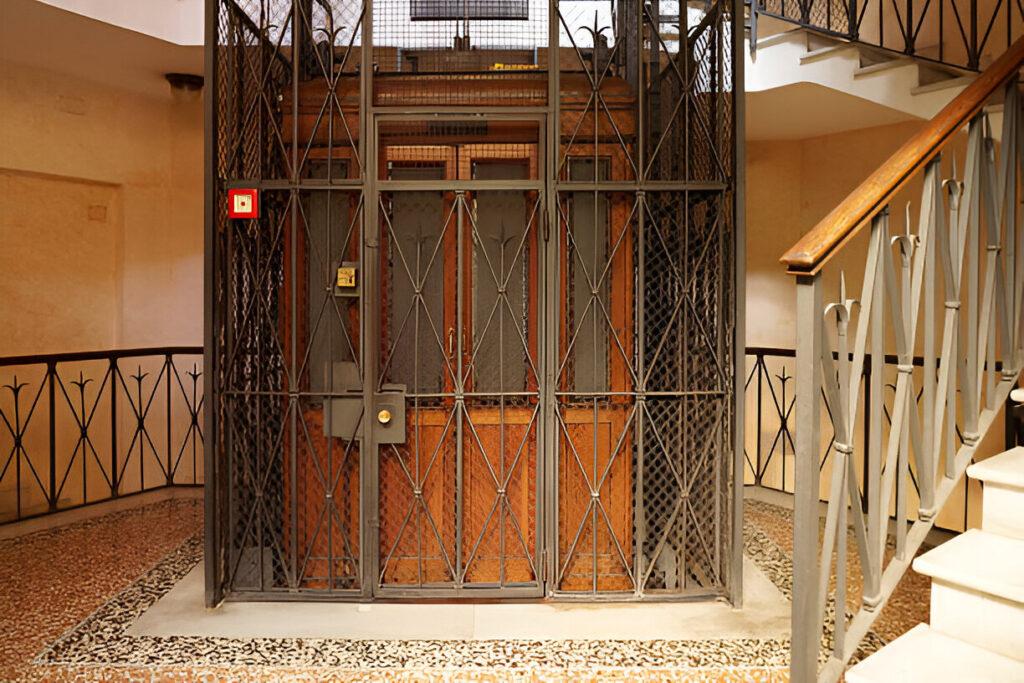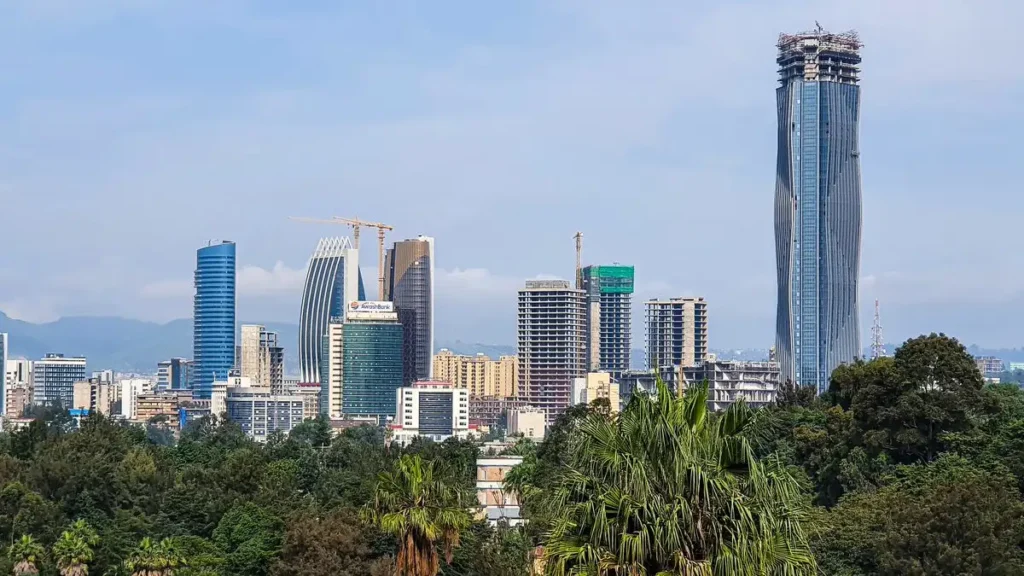The Birth of Vertical Transportation in Ancient Times
Building lifts, or elevators as we know them today, are more than just machines—they are the silent workhorses of modern architecture, making the impossible possible. These incredible inventions enable us to scale the heights of towering skyscrapers and experience the world from perspectives once reserved for the birds.
But how did these marvels come to be?
The story of the elevator is one of ingenuity, innovation, and the relentless human spirit that has always sought to reach new heights—literally.
Our journey begins in ancient times, where the seeds of the elevator were first planted. Imagine the bustling streets of ancient Greece, where the brilliant mathematician Archimedes was hard at work. In 236 BC, Archimedes devised a primitive yet ingenious device a lift powered by ropes, pulleys, and a capstan. This early elevator could hoist objects and people to higher levels, but it was far from the reliable, safe lifts we depend on today. The Romans, too, dabbled in vertical transportation, using similar mechanisms to bring gladiators and wild beasts into the roaring Colosseum arena. These rudimentary elevators were impressive for their time, but they were fraught with danger, relying on the strength of humans or animals, with the ever-present risk of a catastrophic failure.
The Industrial Revolution and the Rise of the Steam-Powered Elevator
Centuries passed, and as the world entered the Industrial Revolution, the steam engine emerged as a game-changer. With newfound power at their disposal, inventors began to create more sophisticated elevators. Yet, despite their increased power and efficiency, these steam-powered lifts carried a dark flaw: a single snapped rope could send the entire car plunging downwards, with no way to stop it. The thought of stepping into such a contraption was terrifying, and for good reason. Tragic accidents, like the one in a New York hotel in 1850 that claimed 20 lives, served as grim reminders of the dangers involved.
Elisha Otis: The Pioneer of Elevator Safety
Then came 1852, a year that would forever change the course of elevator history. An American inventor by the name of Elisha Graves Otis stepped onto the scene with a bold vision and an unshakeable belief that he could make elevators safe. Otis invented a revolutionary safety brake that would change everything. His device was simple yet brilliant: if the rope broke, a spring-loaded mechanism would snap into action, locking the elevator car in place and preventing it from falling.
But Otis knew that seeing was believing. So, at the New York World’s Fair in 1854, he performed a daring demonstration. Standing on an elevated platform, Otis ordered the rope to be cut. The crowd gasped, expecting the worst. But to their astonishment, the platform held firm. “All safe, gentlemen, all safe!” Otis declared triumphantly. With that, the age of the modern elevator had begun.
The Age of Electric Elevators and the Rise of the Skyscraper
Otis’ invention transformed elevators from perilous contraptions into safe, reliable machines, paving the way for their widespread adoption. In 1857, the world’s first commercial passenger elevator was installed in a New York department store, a testament to how far the technology had come. Then, in 1880, Otis introduced another groundbreaking innovation: the first electric elevator. Faster, smoother, and more efficient, this new breed of elevator became the backbone of the skyscraper era, enabling cities to grow upwards, not just outwards.
How Elevators Shaped Modern Society
By the close of the 19th century, elevators had woven themselves into the very fabric of urban life. They didn’t just change the skyline; they changed society. Tall, densely packed buildings became possible, transforming the way we live and work. Elevators made the world more accessible, granting mobility to those who previously had none—whether due to disability, age, or injury. They even changed our psychological landscape, as people became accustomed to the idea of living and working dozens of stories above the ground, viewing the world from new heights.
Looking to the Future with Intelmotion
Today, elevators are indispensable, silently working to move us through the vertical cities of the modern world. At Intelmotion, we honor this incredible history while looking forward to the future, continuing to innovate and improve upon the foundations laid by visionaries like Otis. As we propel ourselves into the next era of urban development, one thing remains clear: the elevator is not just a machine—it’s a symbol of human ambition, a testament to our desire to reach ever higher.



